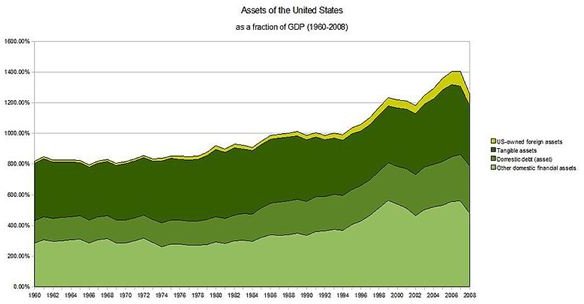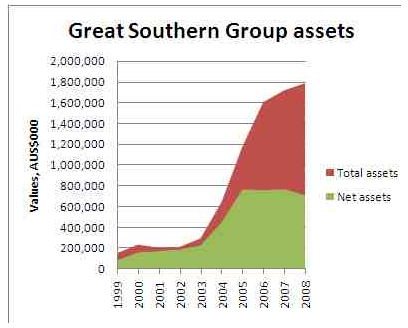Different Types of Fixed Assets: Examples, Definitions & Valuation
Tangible vs. Intangible
First, take a look at our balance sheet example in our Media Gallery. On this balance sheet example, you’ll see many types of assets including current, fixed, and other or intangible assets. All of these assets, including your various types of fixed assets comprise your total assets, but what makes them different?
Most business owners already know that current assets include things like cash and accounts receivable, or assets that can be readily turned into cash if needed.
The various types of fixed assets are a little different, however. Fixed assets can be tangible or intangible such as:
- Tangible Assets – These include things such as land, buildings, equipment, leaseholds on equipment, vehicles, signs, and furniture and fixtures.
- Intangible Assets – These can include goodwill, patents, registered or trademarked names, and even telephone numbers, intellectual property, and websites if you ever plan on selling your business.
It’s easier to place a value on and depreciate tangible fixed assets versus intangible fixed assets.
Fixed Asset Valuing

Think of your tangible assets as items you need to run your business. To value them, you start with what you purchased or leased them for and then apply the appropriate depreciation methods to decrease their value. Some fixed assets such as land or buildings may actually appreciate and not depreciate.
With intangible fixed assets such as telephone numbers and patented or trademarked items, it’s a little tougher to determine value. Goodwill is an intangible asset and this type of fixed asset is easier to place a value on because it’s basically the difference between what a business is valued at and what price it is sold or purchased for.
Other intangible assets such as intellectual property, trademarked names, and even websites and telephone numbers are not so easily valued.
For example, I owned a Chrysler-Dodge-Jeep franchise that bore my name, Scheid Motor Company. Because it had been an existing business for quite some time in the small town where I live, when it was sold, the new owner not only purchased the business, but also the intangible asset of my company name. The reason? For the new owner, it made more sense to stick with a well-established business name rather than confusing new and existing customers with a new business name. So how did I value this intangible asset?
Accounting and business experts will tell you that you can use a market value estimate, a cost estimate or put a value on what it would cost for the purchaser of the intangible asset to replace it. While none of these formulas really are scientific in nature, especially when negotiating the price of an intangible asset, often if falls to the purchaser to determine what they are willing to pay for the intangible asset and what you are willing to accept. Only then can you place a real value on an intangible asset.
Other than goodwill, when it comes to the types of fixed assets, especially intangible assets, they may never actually appear on your balance sheet but do indeed have value.
In the case of selling the intangible asset of my business name, I took the current value of the signage of my business and multiplied it by the number of years I was in business and offered that price to the purchaser who was more than willing to include that price in the total buy/sell of the business rather than incurring the expense it would cost to establish an entire new identity for his business.
To learn more about the types of fixed assets, including both tangible and intangible assets, read What Are the Accounting Rules for Fixed Assets right here on Bright Hub.
Resources
Tutor2U (7/15/10) https://tutor2u.net/business/accounts/assets_fixedassets_intro.asp
Image Credits:
- Great Southern Group Assets (https://commons.wikimedia.org/wiki/File:Great_Southern_Group_assets_1999-2008.jpg)
- US Assets (https://commons.wikimedia.org/wiki/File:US-assets.jpg)
